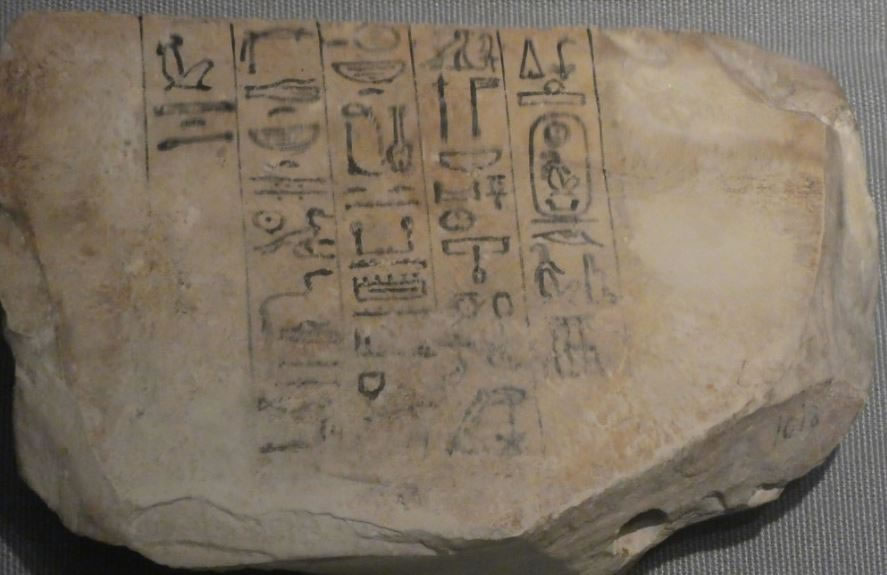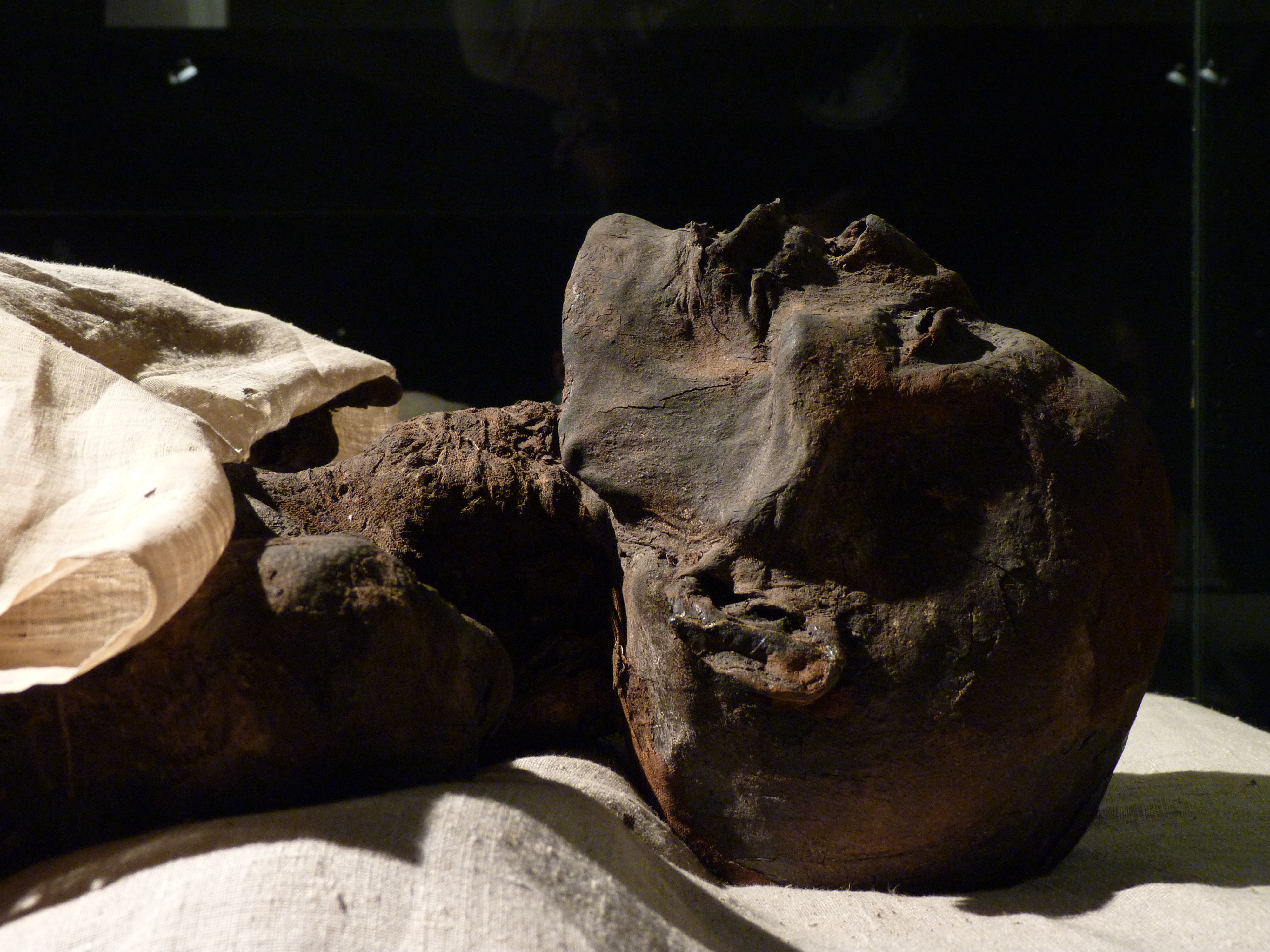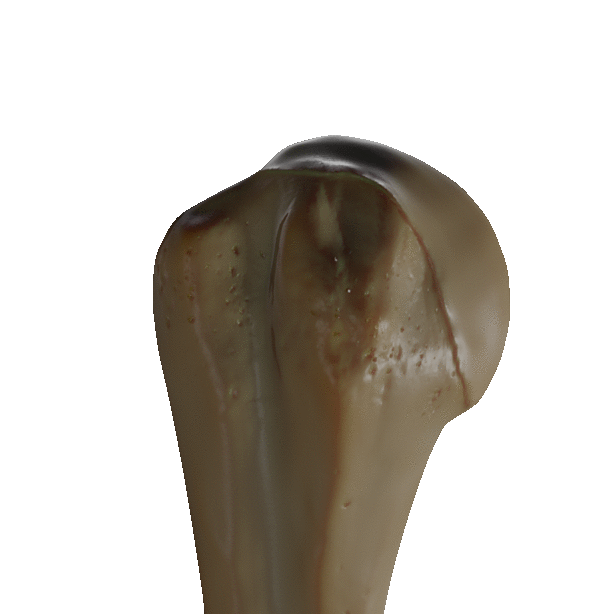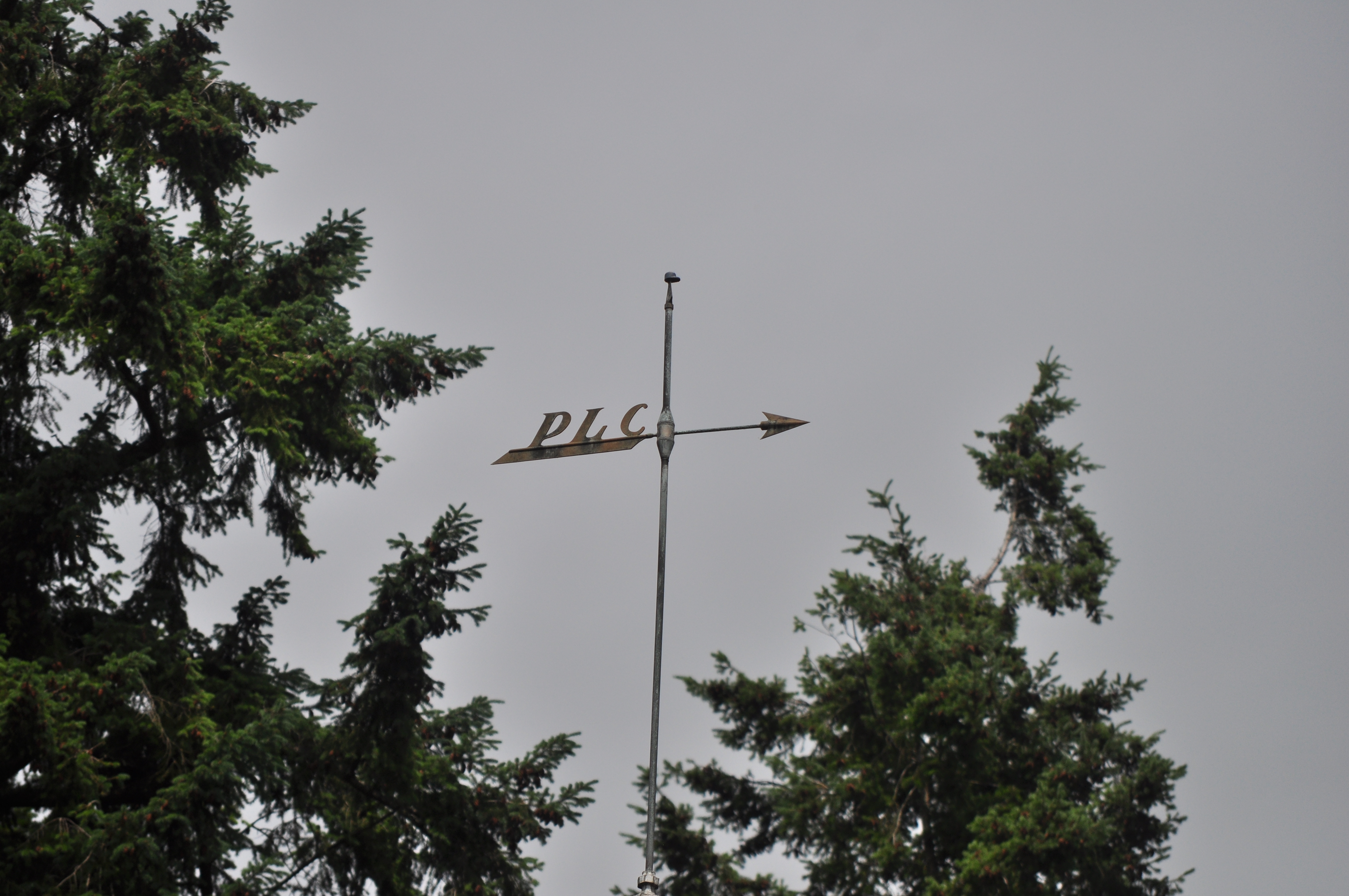|
Kv60
Tomb KV60 is an ancient Egyptian tomb in the Valley of the Kings, Egypt. It was discovered by Howard Carter in 1903, and re-excavated by Donald P. Ryan in 1989. It is one of the more perplexing tombs of the Theban Necropolis, due to the uncertainty over the identity of one female mummy found there (KV60A). She is identified by some, such as Egyptologist Elizabeth Thomas, to be that of the Eighteenth Dynasty pharaoh Hatshepsut; this identification is advocated for by Zahi Hawass. Layout This small, uninscribed tomb is located approximately front of the entrance of the tomb of Mentuherkhepshef (KV19). It consists of a rough, steep, flight of stairs leading to a doorway blocked with large stones. A pair of niches are cut into the wall just inside the entrance. A straight passage that is about long descends to a low, roughly cut chamber which measures about high. A small side chamber branches off about halfway down the descending corridor. Discovery and investigations This tomb ... [...More Info...] [...Related Items...] OR: [Wikipedia] [Google] [Baidu] |
Sitre In
The ancient Egyptian noble Sitre In (or Sitra In, or Sit-re known as In or Inet, or simply Sitre) was buried in the Valley of the Kings, in tomb KV60. She has been identified as the nurse of Hatshepsut. A life-sized statue of her holding Hatshepsut is inscribed with her charge, which is repeated on an ''ostrakon'' now in Vienna.Eric H. Cline, David B. O'Connor, Thutmose III: A New Biography', University of Michigan Press 2006, p.98 Although not a member of the royal family, she received the honour of a burial in the royal necropolis. Her coffin has the inscription ''wr šdt nfrw nswt In'', identifying her as the ''Great Royal Wet Nurse A wet nurse is a woman who breastfeeds and cares for another's child. Wet nurses are employed if the mother dies, or if she is unable or chooses not to nurse the child herself. Wet-nursed children may be known as "milk-siblings", and in some cu ... In''. References 16th-century BC women People of the Eighteenth Dynasty of Egypt Wet nu ... [...More Info...] [...Related Items...] OR: [Wikipedia] [Google] [Baidu] |
Mentuherkhepeshef (son Of Ramesses IX)
Mentuherkhepeshef was an ancient Egyptian prince of the 20th Dynasty, a son of pharaoh Ramesses IX., p.193 His name also occurs as ''Ramesses-Montuherkhepeshef.'' He is likely to have been the brother of pharaoh Ramesses X and prince Nebmaatre. He was buried in his tomb KV19 in the Valley of the Kings, which was probably originally made for Ramesses VIII Usermaatre Akhenamun Ramesses VIII (also written Ramses and Rameses) or Ramesses Sethherkhepshef Meryamun ('Set is his Strength, beloved of Amun') (reigned 1130–1129 BC, or 1130 BC), was the seventh Pharaoh of the Twentieth Dynasty of the New K ....Dodson & Hilton, p.194 His titles were: ''First King's Son of his Body; Eldest King's Son of his Body; Generalissimo''; and ''Executive at the Head of the Two Lands.'' Sources Ancient Egyptian princes People of the Twentieth Dynasty of Egypt Ramesses IX {{AncientEgypt-bio-stub ... [...More Info...] [...Related Items...] OR: [Wikipedia] [Google] [Baidu] |
Obesity
Obesity is a medical condition, sometimes considered a disease, in which excess body fat has accumulated to such an extent that it may negatively affect health. People are classified as obese when their body mass index (BMI)—a person's weight divided by the square of the person's height—is over ; the range is defined as overweight. Some East Asian countries use lower values to calculate obesity. Obesity is a major cause of disability and is correlated with various diseases and conditions, particularly cardiovascular diseases, type 2 diabetes, obstructive sleep apnea, certain types of cancer, and osteoarthritis. Obesity has individual, socioeconomic, and environmental causes. Some known causes are diet, physical activity, automation, urbanization, genetic susceptibility, medications, mental disorders, economic policies, endocrine disorders, and exposure to endocrine-disrupting chemicals. While a majority of obese individuals at any given time are attempti ... [...More Info...] [...Related Items...] OR: [Wikipedia] [Google] [Baidu] |
Mummy Of Hatshepsut
A mummy is a dead human or an animal whose soft tissues and organs have been preserved by either intentional or accidental exposure to chemicals, extreme cold, very low humidity, or lack of air, so that the recovered body does not decay further if kept in cool and dry conditions. Some authorities restrict the use of the term to bodies deliberately embalmed with chemicals, but the use of the word to cover accidentally desiccated bodies goes back to at least 1615 AD (see the section Etymology and meaning). Mummies of humans and animals have been found on every continent, both as a result of natural preservation through unusual conditions, and as cultural artifacts. Over one million animal mummies have been found in Egypt, many of which are cats. Many of the Egyptian animal mummies are sacred ibis, and radiocarbon dating suggests the Egyptian Ibis mummies that have been analyzed were from time frame that falls between approximately 450 and 250 BC. In addition to the mummies of ... [...More Info...] [...Related Items...] OR: [Wikipedia] [Google] [Baidu] |
Humerus
The humerus (; ) is a long bone in the arm that runs from the shoulder to the elbow. It connects the scapula and the two bones of the lower arm, the radius and ulna, and consists of three sections. The humeral upper extremity consists of a rounded head, a narrow neck, and two short processes (tubercles, sometimes called tuberosities). The body is cylindrical in its upper portion, and more prismatic below. The lower extremity consists of 2 epicondyles, 2 processes (trochlea & capitulum), and 3 fossae (radial fossa, coronoid fossa, and olecranon fossa). As well as its true anatomical neck, the constriction below the greater and lesser tubercles of the humerus is referred to as its surgical neck due to its tendency to fracture, thus often becoming the focus of surgeons. Etymology The word "humerus" is derived from la, humerus, umerus meaning upper arm, shoulder, and is linguistically related to Gothic ''ams'' shoulder and Greek ''ōmos''. Structure Upper extremity The upper or pr ... [...More Info...] [...Related Items...] OR: [Wikipedia] [Google] [Baidu] |
Femur
The femur (; ), or thigh bone, is the proximal bone of the hindlimb in tetrapod vertebrates. The head of the femur articulates with the acetabulum in the pelvic bone forming the hip joint, while the distal part of the femur articulates with the tibia (shinbone) and patella (kneecap), forming the knee joint. By most measures the two (left and right) femurs are the strongest bones of the body, and in humans, the largest and thickest. Structure The femur is the only bone in the upper leg. The two femurs converge medially toward the knees, where they articulate with the proximal ends of the tibiae. The angle of convergence of the femora is a major factor in determining the femoral-tibial angle. Human females have thicker pelvic bones, causing their femora to converge more than in males. In the condition ''genu valgum'' (knock knee) the femurs converge so much that the knees touch one another. The opposite extreme is ''genu varum'' (bow-leggedness). In the general pop ... [...More Info...] [...Related Items...] OR: [Wikipedia] [Google] [Baidu] |
Salima Ikram
Salima Ikram ( ur, سلیمہ اکرام; born 17 May 1965) is a Pakistani professor of Egyptology at the American University in Cairo, a participant in many Egyptian archaeological projects, the author of several books on Egyptian archaeology, a contributor to various magazines and a guest on pertinent television programs. Early life Ikram was born in Lahore, Pakistan in 1965. She developed an interest in archaeology at the age of eight upon receiving copies of Nathaniel Hawthorne's ''Tanglewood Tales'' and ''Ancient Egypt'' by Time Life Books Editors. A visit to Egypt when she was nine heightened her interest in Egyptology. Education Ikram studied Egyptology and Archaeology at Bryn Mawr College, earning a BA in Classical and Near Eastern Archaeology and History. Continuing her studies at the University of Cambridge, she earned her M.Phil. and PhD in Egyptology and Museum Studies. Her PhD thesis was entitled 'Choice cuts: meat production in Ancient Egypt'. Career Ikram lives in ... [...More Info...] [...Related Items...] OR: [Wikipedia] [Google] [Baidu] |
Eye Of Horus
The Eye of Horus, ''wedjat'' eye or ''udjat'' eye is a concept and symbol in ancient Egyptian religion that represents well-being, healing, and protection. It derives from the mythical conflict between the god Horus with his rival Set, in which Set tore out or destroyed one or both of Horus's eyes and the eye was subsequently healed or returned to Horus with the assistance of another deity, such as Thoth. Horus subsequently offered the eye to his deceased father Osiris, and its revitalizing power sustained Osiris in the afterlife. The Eye of Horus was thus equated with funerary offerings, as well as with all the offerings given to deities in temple ritual. It could also represent other concepts, such as the moon, whose waxing and waning was likened to the injury and restoration of the eye. The Eye of Horus symbol, a stylized eye with distinctive markings, was believed to have protective magical power and appeared frequently in ancient Egyptian art. It was one of the mos ... [...More Info...] [...Related Items...] OR: [Wikipedia] [Google] [Baidu] |
Pacific Lutheran University
Pacific Lutheran University (PLU) is a private Lutheran university in Parkland, Washington. It was founded by Norwegian Lutheran immigrants in 1890. PLU is sponsored by the 580 congregations of Region I of the Evangelical Lutheran Church in America. PLU has approximately 3,100 students enrolled. As of 2017, the school employs approximately 220 full-time professors on the woodland campus. PLU consists of the College of Arts and Sciences (including of the Divisions of Humanities, Natural Sciences, and Social Sciences), the School of Arts and Communication, the School of Business, the School of Education and Kinesiology, and the School of Nursing. History Early years The university was chartered by the State of Washington on December 11, 1890. In naming the university, the Norwegian pioneers who founded it recognized the role that a Lutheran educational institution on the Western frontier could play in the region. They wanted the institution to help immigrants adjust to th ... [...More Info...] [...Related Items...] OR: [Wikipedia] [Google] [Baidu] |
Egyptian Museum
The Museum of Egyptian Antiquities, known commonly as the Egyptian Museum or the Cairo Museum, in Cairo, Egypt, is home to an extensive collection of ancient Egyptian antiquities. It has 120,000 items, with a representative amount on display and the remainder in storerooms. Built in 1901 by the Italian construction company, Garozzo-Zaffarani, to a design by the French architect Marcel Dourgnon, the edifice is one of the largest museums in the region. As of March 2019, the museum was open to the public. In 2022, the museum is due to be superseded by the newer and larger Grand Egyptian Museum at Giza. History The Egyptian Museum of Antiquities contains many important pieces of ancient Egyptian history. It houses the world's largest collection of Pharaonic antiquities. The Egyptian government established the museum built in 1835 near the Ezbekieh Garden and later moved to the Cairo Citadel. In 1855, Archduke Maximilian of Austria was given all of the artifacts by the Egy ... [...More Info...] [...Related Items...] OR: [Wikipedia] [Google] [Baidu] |
Annales Du Service Des Antiquités De L'Égypte
Annals are a concise form of historical writing which record events chronologically, year by year. The equivalent word in Latin and French is ''annales'', which is used untranslated in English in various contexts. List of works with titles containing the word "Annales" * ''Annales'' (Ennius), an epic poem by Quintus Ennius covering Roman history from the fall of Troy down to the censorship of Cato the Elder * Annals (Tacitus) ''Ab excessu divi Augusti'' "Following the death of the divine Augustus" * Annales Alamannici, ed. W. Lendi, Untersuchungen zur frühalemannischen Annalistik. Die Murbacher Annalen, mit Edition (Freiburg, 1971) * Annales Bertiniani, eds. F. , J. Vielliard, S. Clemencet and L. Levillain, Annales de Saint-Bertin (Paris, 1964) * Annales du Muséum national d'histoire naturelle, Paris, France. Published 1802 to 1813, then became the Mémoires then the Nouvelles Annales * Annales Fuldenses, ed. F. Kurze, ''Monumenta Germaniae Historica'' SRG (Hanover, 1891) * ... [...More Info...] [...Related Items...] OR: [Wikipedia] [Google] [Baidu] |







